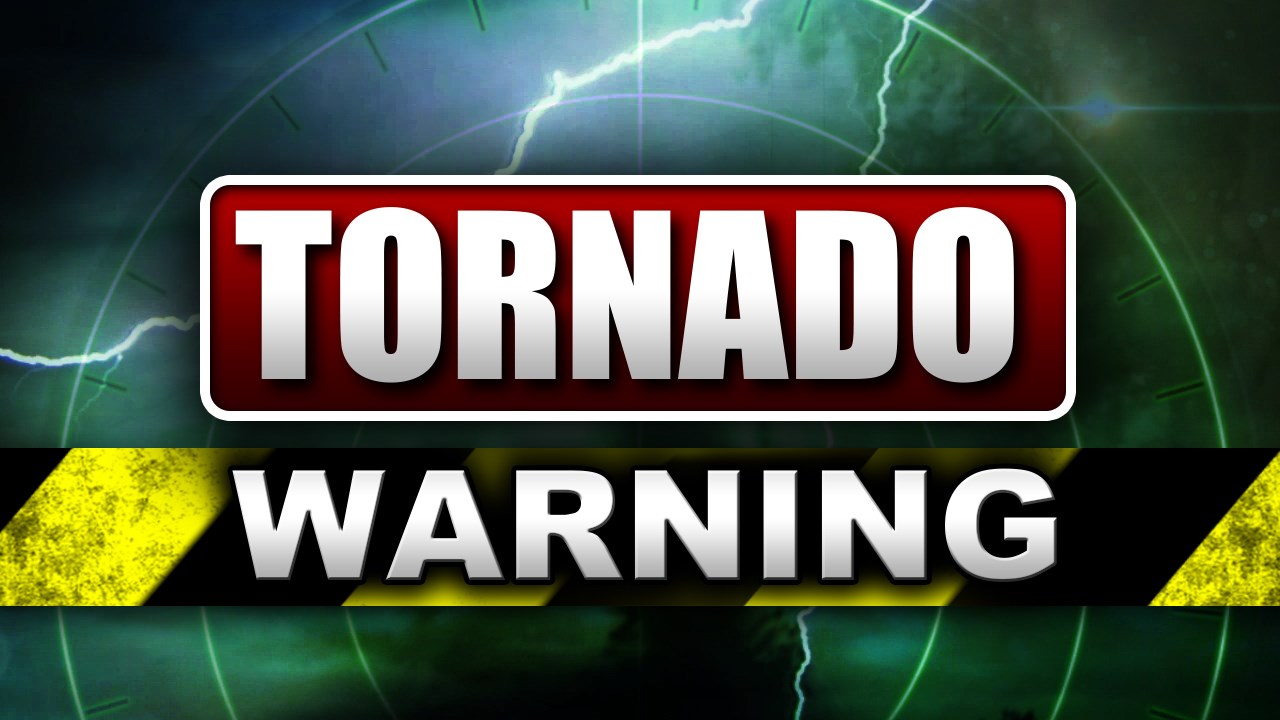Overview of Tornado Warnings

Tornado warnings are crucial alerts issued by meteorological authorities to inform the public of an imminent or ongoing tornado threat. These warnings are essential for public safety, as tornadoes are destructive forces of nature that can cause significant damage and loss of life.
There are two primary types of tornado warnings: tornado watches and tornado warnings. A tornado watch indicates that conditions are favorable for tornadoes to develop, while a tornado warning means that a tornado has been spotted or indicated by radar and is imminent or already occurring.
Issuance and Dissemination of Tornado Warnings
Tornado warnings are typically issued by the National Weather Service (NWS) or similar meteorological agencies in various countries. These warnings are disseminated through various channels, including television, radio, mobile phone alerts, and social media.
Detection and Prediction

The timely detection and prediction of tornadoes are crucial for public safety and minimizing the impact of these devastating weather events. Advances in technology have played a significant role in enhancing the accuracy and lead time of tornado warnings.
Tornadoes are primarily detected and tracked using weather radar, which emits pulses of radio waves and analyzes the echoes reflected back from objects in the atmosphere. Doppler radar, a more advanced type, can measure the velocity of these echoes, providing information about the movement and intensity of storms. Weather stations, equipped with sensors that measure atmospheric pressure, temperature, and wind speed, also contribute to tornado detection by identifying sudden changes in these parameters that may indicate the formation of a tornado.
Role of Technology
- Doppler radar technology has significantly improved the accuracy of tornado detection by providing real-time information about the rotation and speed of storms, enabling meteorologists to identify potential tornadoes more precisely.
- Numerical weather prediction (NWP) models, which simulate atmospheric conditions, have become increasingly sophisticated, allowing for more accurate forecasts of tornado-producing weather patterns.
- Mobile weather apps and social media platforms have facilitated the rapid dissemination of tornado warnings and real-time updates, empowering individuals to take necessary precautions.
Limitations and Challenges
Despite advancements, challenges remain in tornado prediction. Tornadoes can form rapidly and often without much warning, making it difficult to predict their exact location and timing. Additionally, tornadoes can be masked by other weather phenomena, such as heavy rain or hail, reducing their visibility on radar.
- False alarms: Radar technology can sometimes mistake non-tornadic storms for tornadoes, leading to false alarms. Reducing false alarms while maintaining high detection rates remains a challenge.
- Short lead times: The time between tornado formation and touchdown can be very short, leaving little time for warnings and protective actions.
- Geographic limitations: Radar coverage may be limited in certain areas, particularly in mountainous regions or over water, affecting the accuracy and timeliness of tornado detection.
Ante la inminente amenaza de un tornado, es crucial buscar refugio de inmediato. Para obtener información actualizada sobre las posibles rutas del tornado, consulta la posibilidad de tornado. Esta información te ayudará a determinar la ruta más segura y evitar áreas de alto riesgo, lo que aumentará tus posibilidades de mantenerte a salvo durante la tormenta.
The tornado warning has been lifted, but the threat of severe weather remains. For the latest updates on the weather in Lexington, KY, visit weather lexington ky. Stay informed and take precautions to stay safe during this storm.